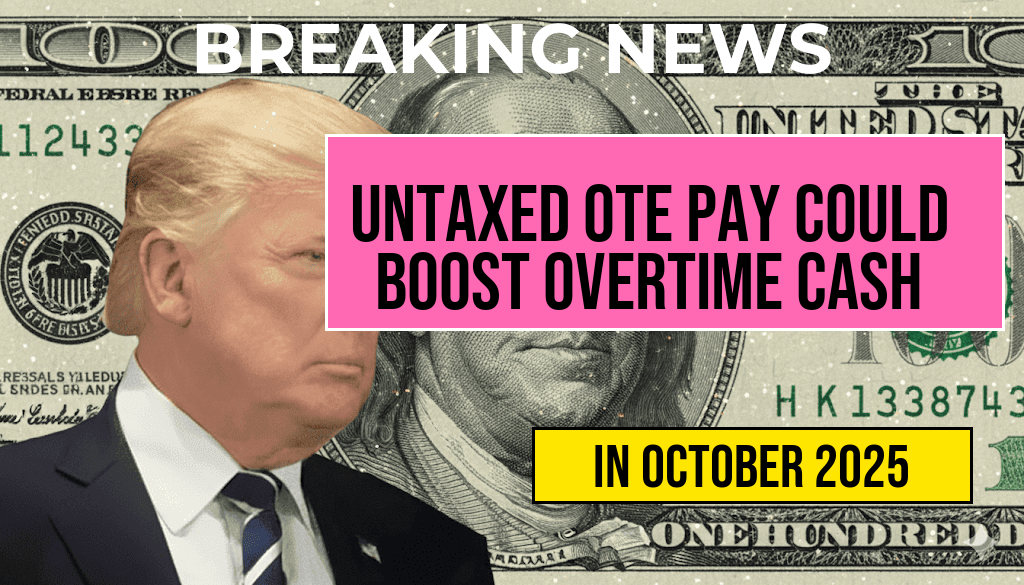The implementation of a cost-share program for the Supplemental Nutrition Assistance Program (SNAP) is set to begin in 2027, raising concerns among states with high error rates in their benefit distribution. This new initiative, aimed at reducing federal spending on SNAP, could potentially impact millions of low-income families across the United States. High-error states may find themselves at risk of losing millions in federal funding, prompting questions about whether benefits will be reduced for those who rely heavily on this crucial support system. As states prepare for this significant shift, understanding the implications of the cost-share program is essential for both policymakers and recipients alike.
Understanding the SNAP Cost-Share Program
The SNAP cost-share program is designed to require states to contribute a portion of the funding for the benefits they distribute. This change is part of broader efforts to enhance accountability and efficiency within the program. The cost-share initiative aims to encourage states to minimize errors in benefit allocation, which has been a persistent issue in certain areas.
The Implications for High-Error States
States that have historically struggled with high error rates face significant challenges as the cost-share program looms. The U.S. Department of Agriculture (USDA) reports that in some high-error states, the improper payment rates for SNAP exceed 10%. This could translate into substantial financial penalties as states will need to cover a greater share of the costs associated with these errors.
- Financial Risk: States with higher error rates could lose millions in federal dollars, which are critical for maintaining SNAP benefits.
- Potential Benefit Reductions: To mitigate the financial burden, states may consider reducing benefits, impacting vulnerable populations.
- Administrative Challenges: States will need to invest in better training and systems to reduce error rates and avoid penalties.
Potential Impact on Recipients
For millions of low-income individuals and families who depend on SNAP benefits, the potential for reduced assistance raises alarm bells. The USDA has emphasized that states must improve their administration of the program to ensure that benefits reach those in need without undue delay or error. However, the new financial pressures could lead some states to reassess their benefit distribution strategies.
What Recipients Can Expect
As states adapt to the cost-share model, recipients may experience changes in their benefits. Here’s what to keep an eye on:
- Benefit Adjustments: States may adjust benefit levels based on funding constraints, potentially leading to lower monthly assistance.
- Increased Scrutiny: Recipients might face more stringent eligibility checks and paperwork requirements to ensure compliance with new regulations.
- Resources for Support: Advocacy groups are working to provide information and assistance to help recipients navigate these changes.
State Responses and Preparations
As the 2027 deadline approaches, states are actively preparing for the transition to a cost-share model. Some states have already initiated reforms to reduce error rates and improve program integrity. These reforms include investing in technology upgrades, enhancing staff training, and adopting best practices from lower-error states.
Examples of State Initiatives
| State | Initiative | Expected Outcome |
|---|---|---|
| California | Implementing a new digital eligibility platform | Streamlined processing and lower error rates |
| Texas | Increased staff training and outreach programs | Improved accuracy in benefit distribution |
| Florida | Regular audits and feedback loops | Enhanced accountability and reduced improper payments |
Looking Ahead
The transition to a cost-share SNAP program represents a pivotal moment in how nutritional assistance is administered in the U.S. With the potential for millions of dollars at stake, particularly for high-error states, it will be crucial for stakeholders to advocate for the needs of recipients while ensuring the integrity of the program. As states gear up for this change, ongoing dialogue among policymakers, advocacy groups, and communities will be essential to navigate the complexities of this new funding model.
For further details on SNAP and its impact, visit the USDA SNAP page or review the Wikipedia entry on SNAP.
Frequently Asked Questions
What is the State SNAP Cost-Share program?
The State SNAP Cost-Share program is a new initiative set to commence in 2027 that aims to adjust the funding structure for the Supplemental Nutrition Assistance Program (SNAP) by requiring states to share the costs.
How will high-error states be affected by the new cost-share?
High-error states face the risk of losing millions in funding due to increased scrutiny and potential penalties, which could result in reduced benefits for eligible participants.
What are the implications for SNAP recipients in high-error states?
SNAP recipients in high-error states may experience reduced benefits if their state fails to manage the program effectively, potentially impacting their access to essential food resources.
When will the State SNAP Cost-Share officially start?
The State SNAP Cost-Share is scheduled to officially begin in 2027, providing states time to prepare for the changes in funding and cost management.
What can states do to mitigate the risks of reduced SNAP benefits?
States can mitigate risks by improving their error rates in SNAP administration, enhancing training for staff, and implementing better verification processes to ensure that funds are allocated correctly.








